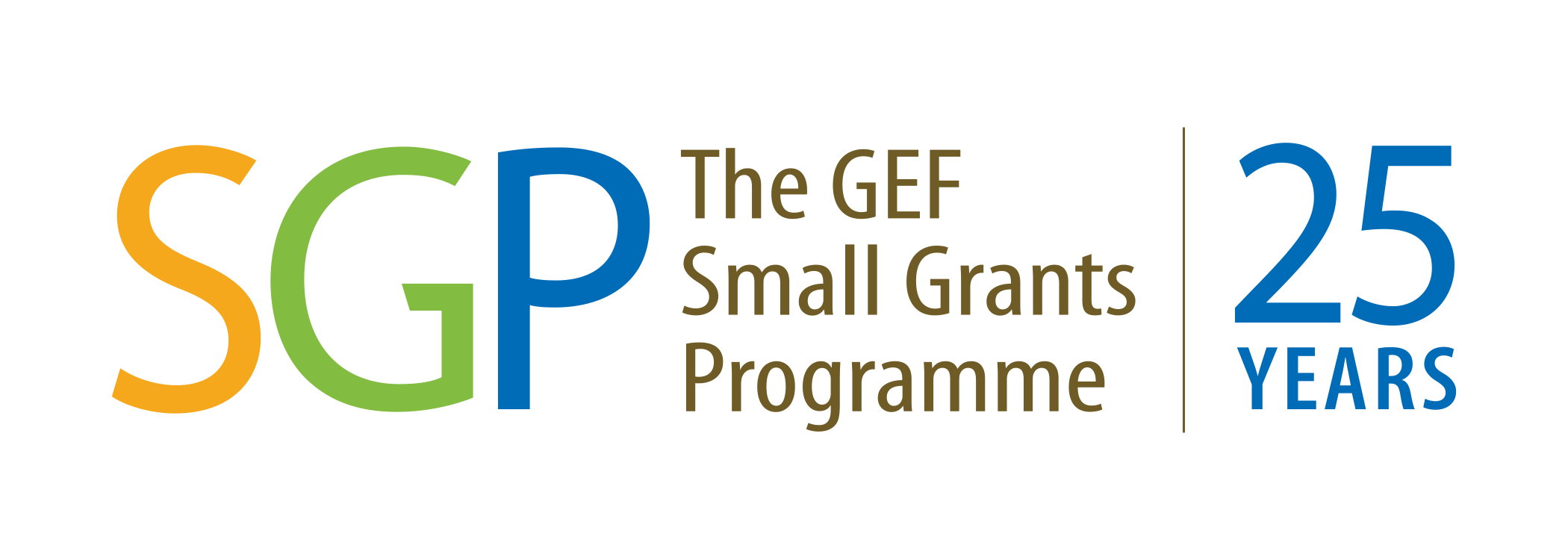A Watershed Moment
Strengthening the resilience of Bhutan’s Gamri Watershed through community-led projects
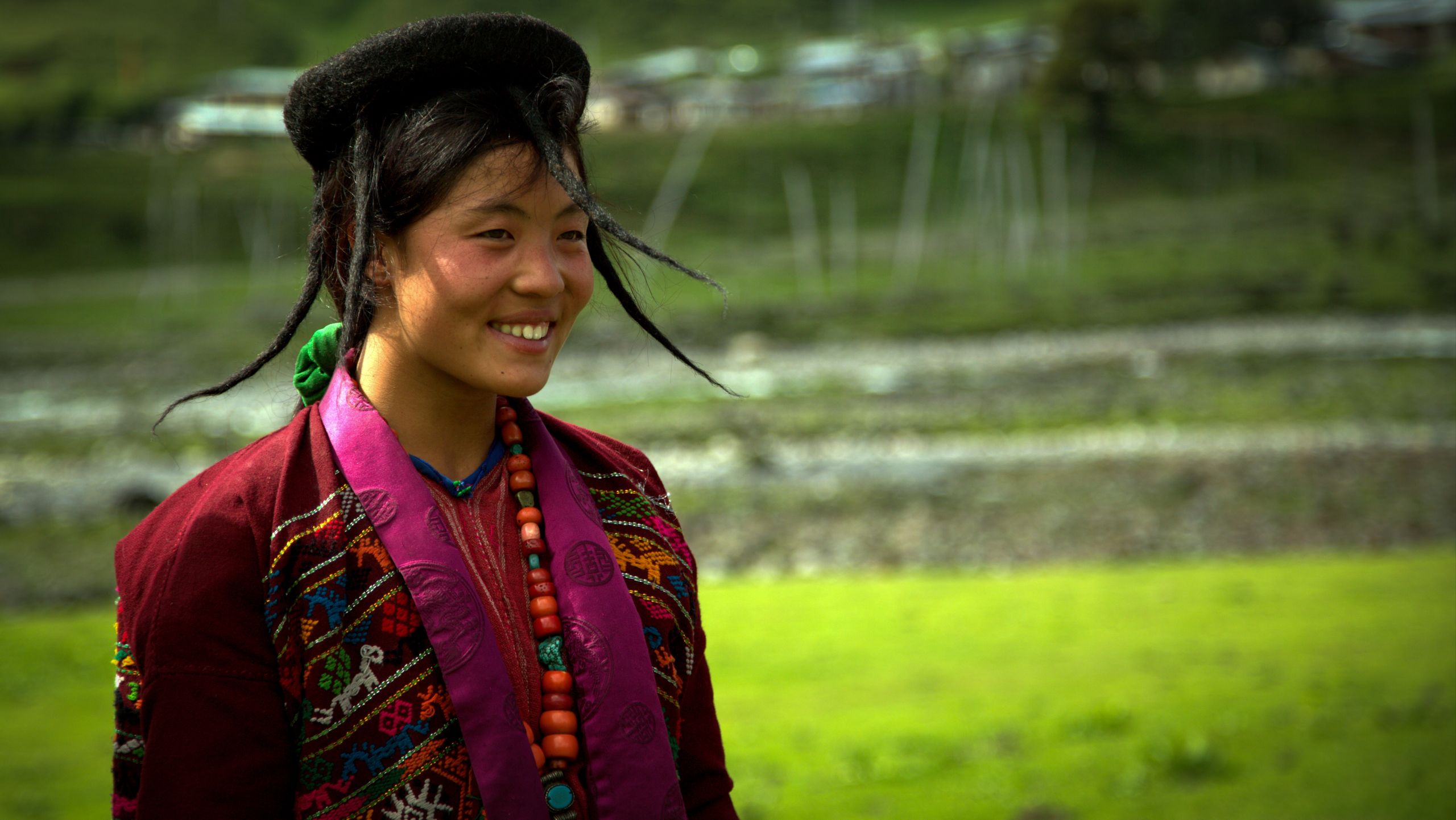
The Gamri Watershed in eastern Bhutan is a significant catchment area and drainage basin, featuring a diverse climate and containing an array of ecosystems ranging from alpine meadows to broadleaf forests.
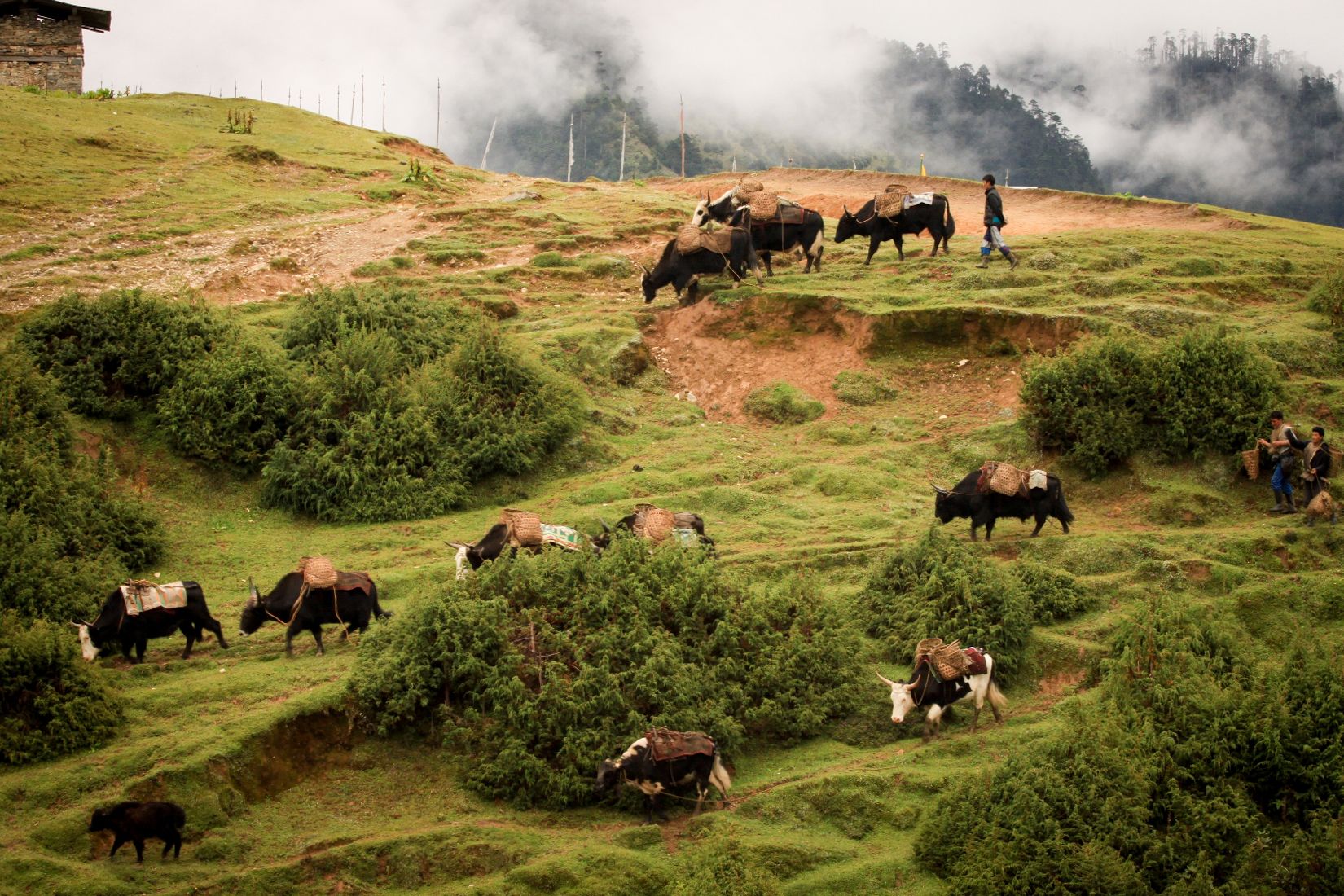
Agriculture, livestock (including yak) rearing, and weaving are the economic mainstays of the people living in the watershed.
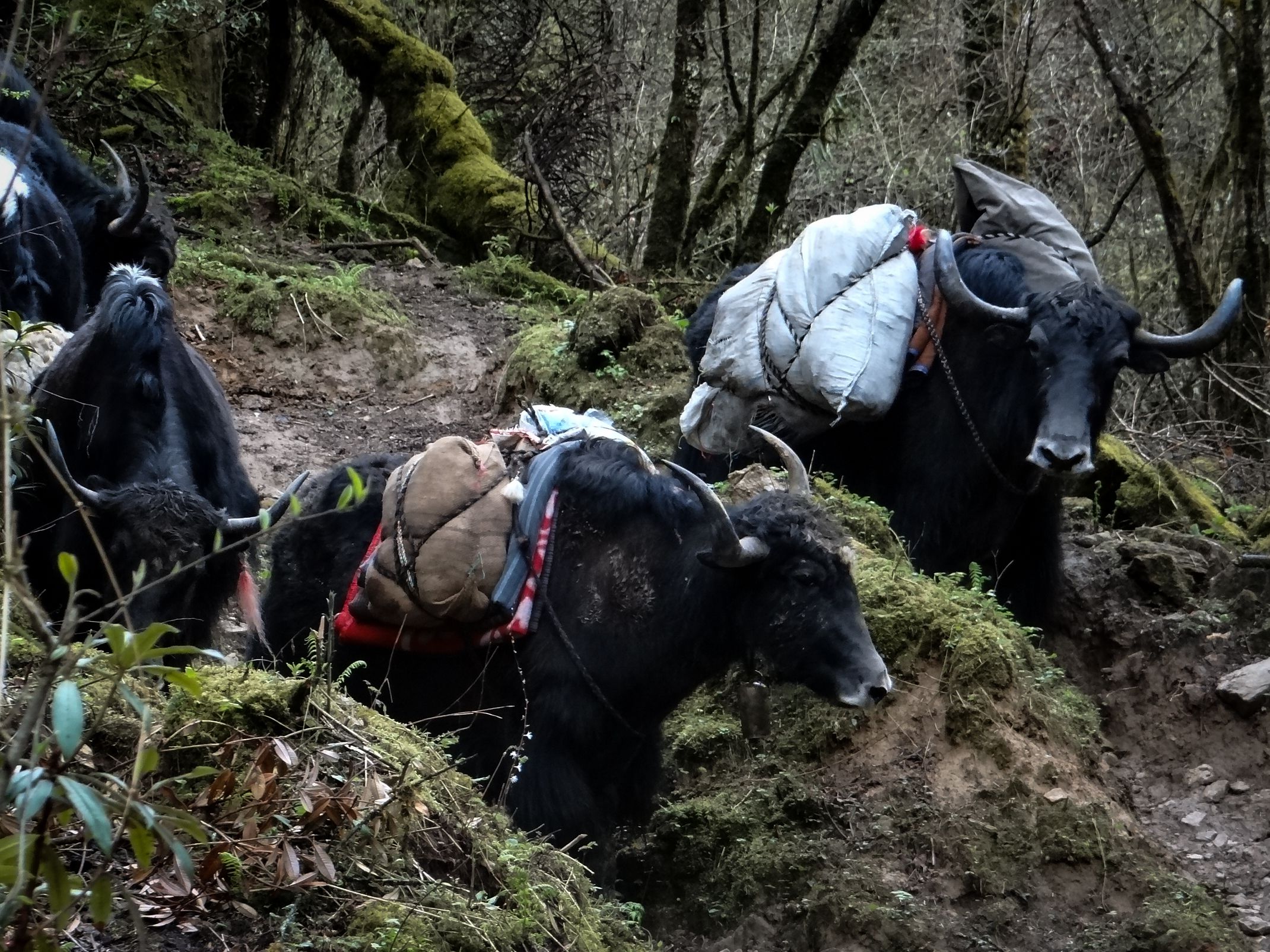
Preserving the watershed and its surrounding ecosystem, as well as enhancing the resilience of the communities reliant on the watershed, is extremely important due to the significant biological diversity it contains.
In recognition of the growing pressures on the landscape from grazing, over-extraction of fodder and fuel wood, landslides, and the drying up of water sources, a comprehensive programme of action was necessary.
Aside from land degradation due to erosion and landslides, human-wildlife conflict is a major problem for local communities both mid- and downstream of the Gamri Watershed.
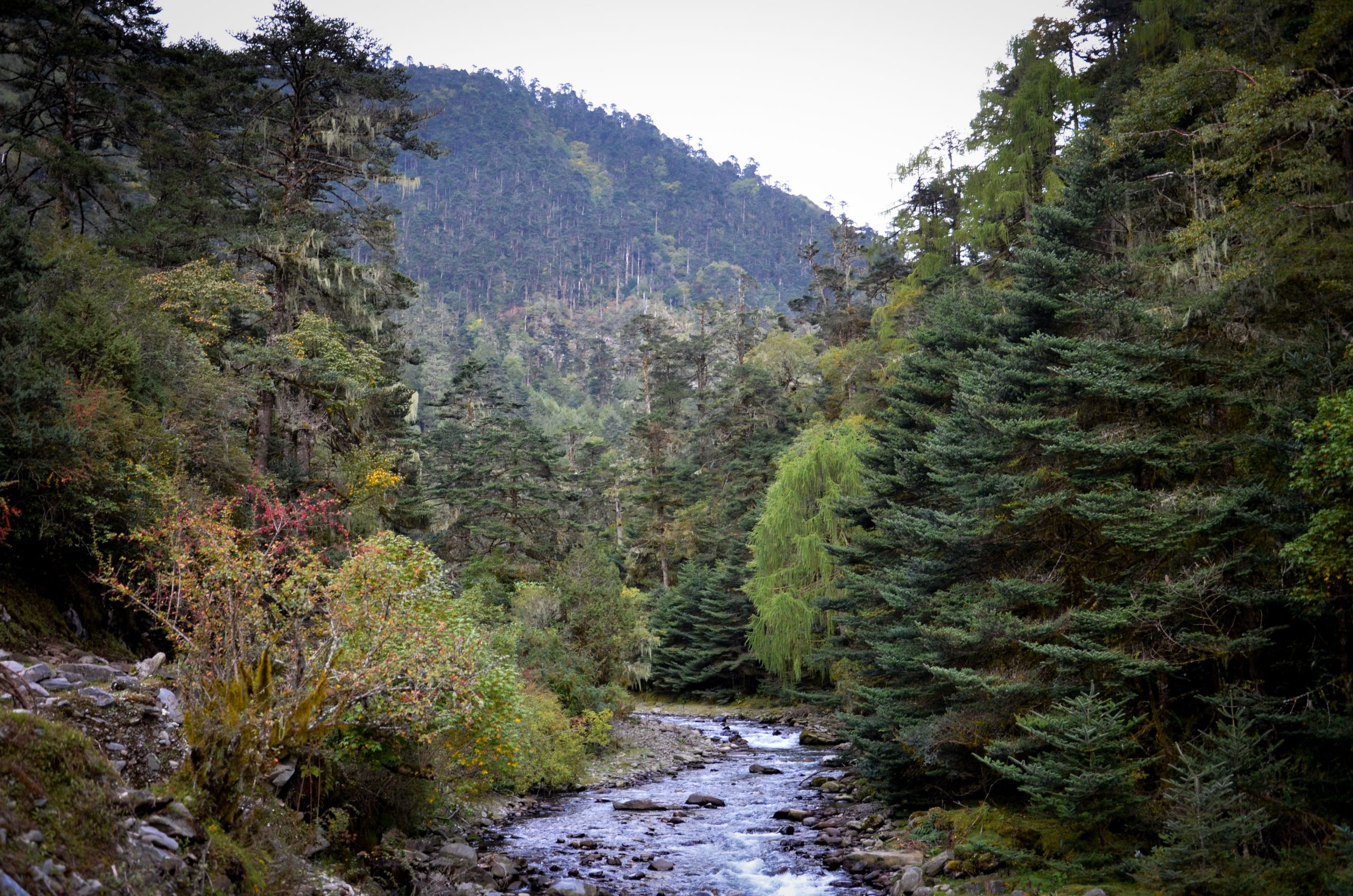
This conflict with wildlife such as porcupines, monkeys, and wild boars has considerably reduced traditional crop diversity and causes economic losses every year. In some cases, farmers have left their lands fallow due to their inability to fully mitigate this loss and damage.


~30 per cent of the land is used for pasture and agriculture by its nearly 70 settlements.
~30 per cent of the land is used for pasture and agriculture by its nearly 70 settlements.


Hidden Kingdom, Biodiversity Hotspot
Bhutan, located in the eastern Himalayas, is part of one of the top ten biodiversity hotspots of the world.
This hidden Himalayan kingdom contains parts of three global biodiversity hotspots, 60 ecoregions, 330 Important Bird Areas, 53 Important Plant Areas, and a large number of wetlands.
The eastern Himalayas provide various ecosystem services such as clean water, climate regulation, soil stabilisation, biodiversity (to name just a few), to millions of people who are living within and beyond the region.
Biodiversity and water services are the engine of economic growth and a prerequisite for sustainable economic development, functioning ecosystems, and social well-being.
These resources - including land - are extremely vulnerable to climate change, and are already under immense pressure due to growing populations and economic activities.
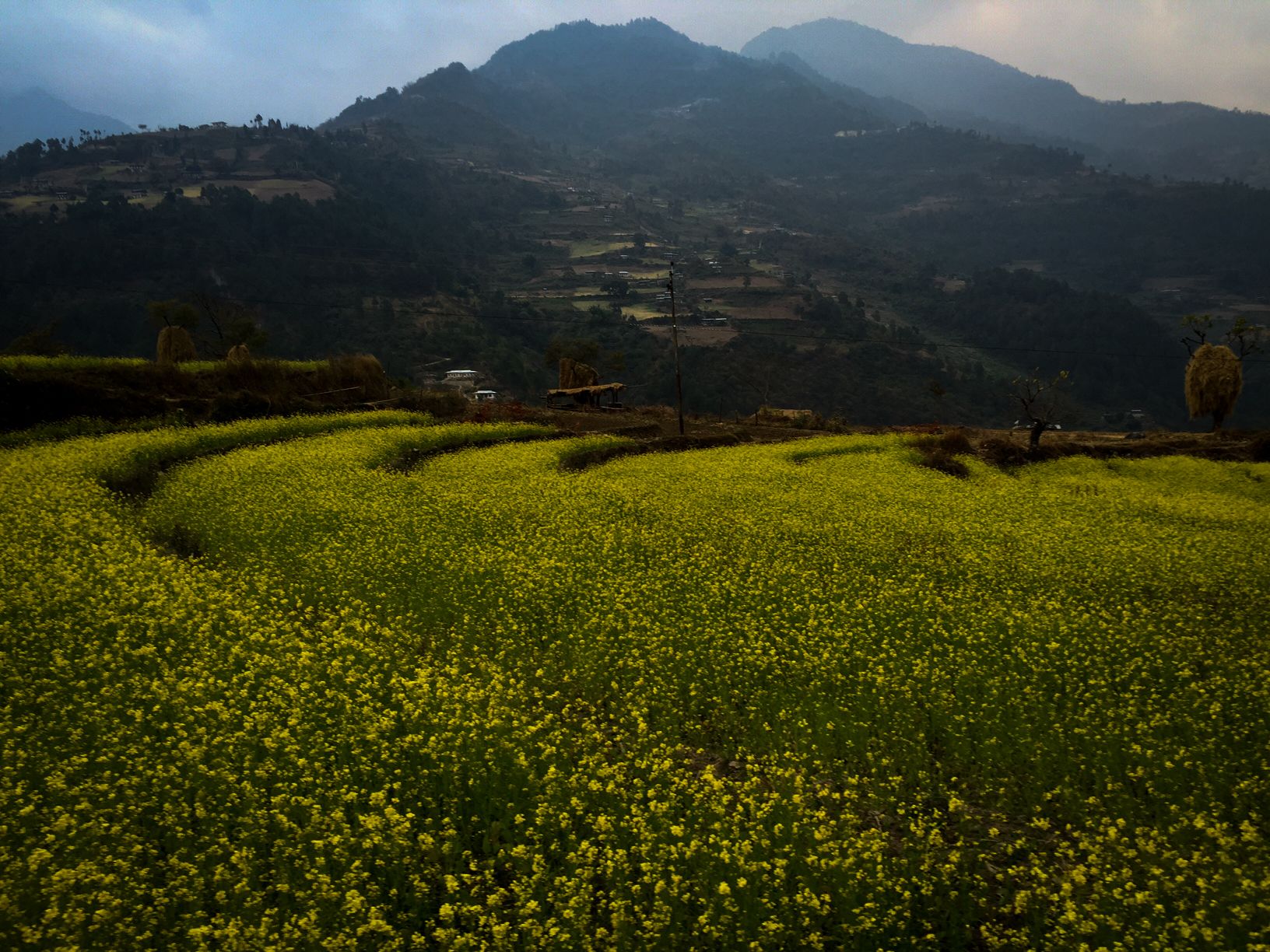
Community-led, community-based
Recognising the importance of the watershed, Bhutan selected the Gamri Watershed in Trashigang Dzongkhag as the site for the implementation of the Community Development and Knowledge Management for the Satoyama Initiative (COMDEKS).
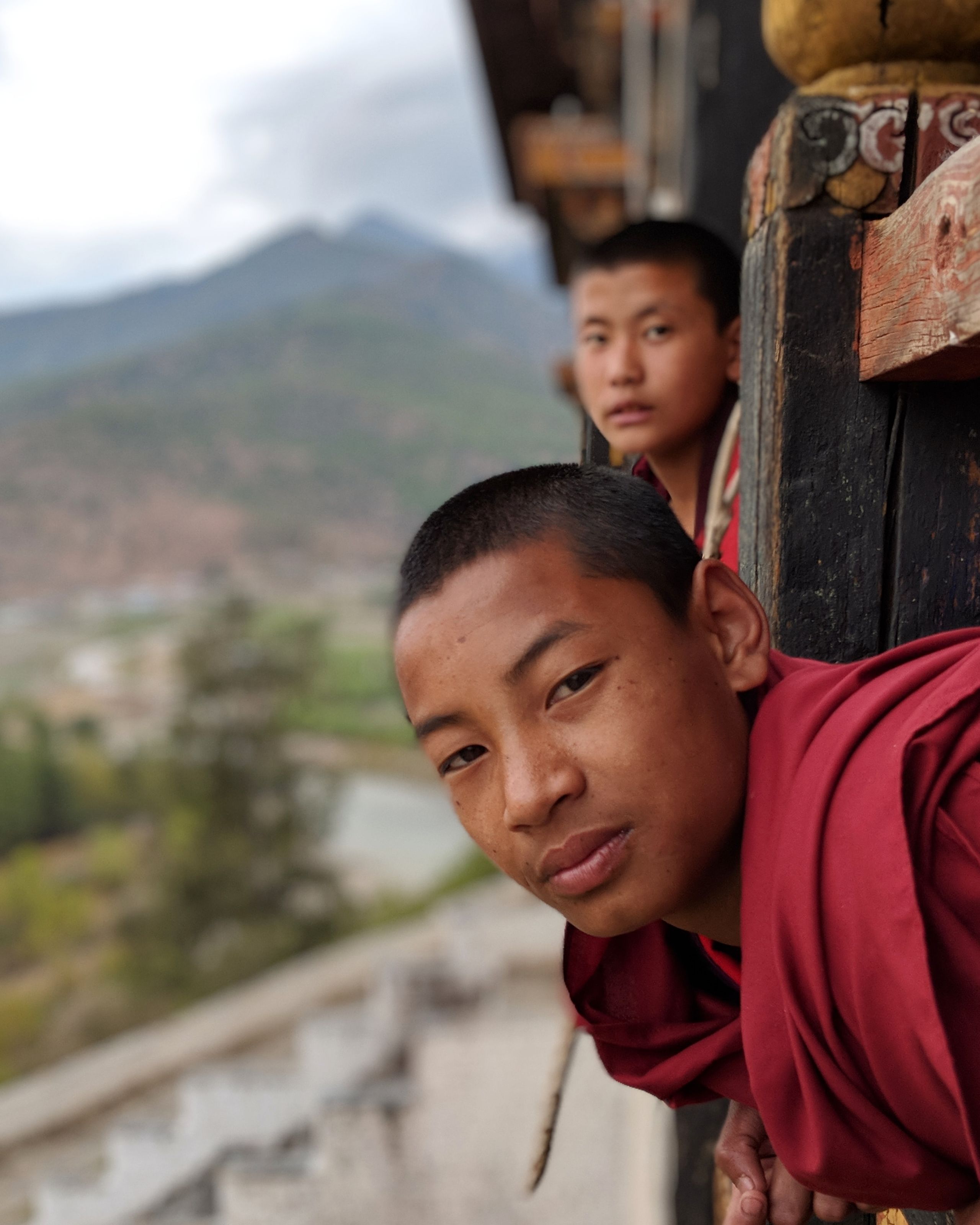
The COMDEKS Programme was launched in 2011 as the flagship of the Satoyama Initiative, a global effort to promote the sustainable use of natural resources in the landscapes worked in and relied upon by rural communities.
Delivered through the Global Environment Facility's (GEF) Small Grants Programme as one of its partnership programmes, COMDEKS is funded by the Japan Biodiversity Fund and implemented by the United Nations Development Programme (UNDP) in partnership with the Ministry of the Environment of Japan, the Secretariat of the Convention on Biological Diversity (SCBD), and the United Nations University Institute for the Advanced Study of Sustainability (UNU-IAS).
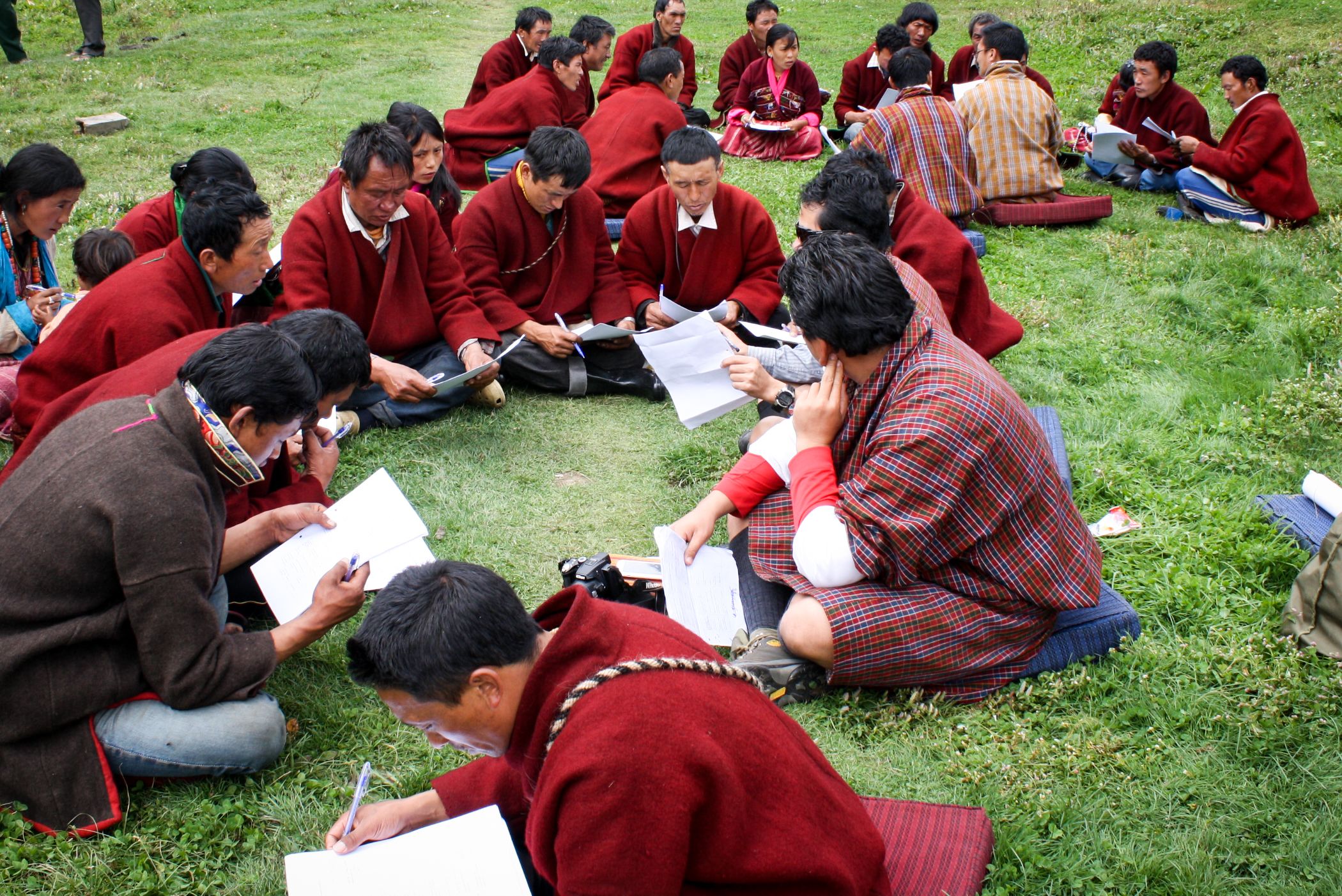
As part of COMDEKS, small grants are provided to local community organisations with the overall long-term objective to enhance socio-ecological production landscape resilience by developing sound biodiversity management and sustainable livelihood activities with local communities to maintain, rebuild, and revitalise these landscapes. In this partnership, the Small Grants Programme (SGP) provided co-financing and technical and human resources to oversee the implementation of COMDEKS and its projects.


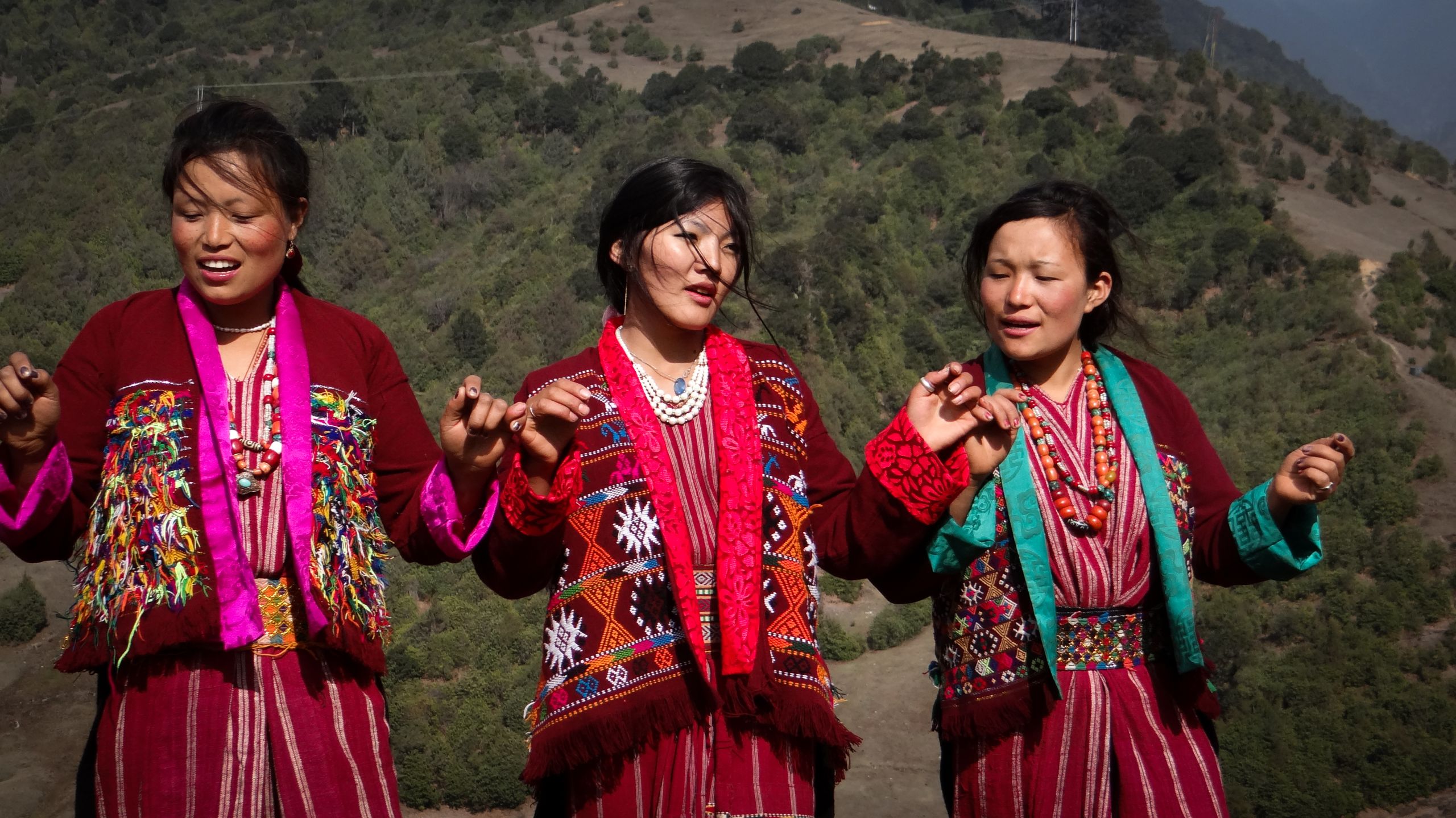
The COMDEKS Programme has been piloted between 2011 and 2017 in selected communities in 20 countries. The target landscapes and seascapes in these countries represent a wide variety of ecosystems, including watersheds in Cambodia, Ecuador, Costa Rica, and Slovakia; inland water systems such as lakes in Malawi, Niger, and Kyrgyzstan; agropastoral systems in Ethiopia, Cameroon, and Brazil; mountain ecosystems in Bhutan, Ghana, India, and Nepal; coastal seascapes in Fiji, El Salvador, Indonesia, and Turkey; and grasslands in Mongolia and Namibia.

In Bhutan, as a result of the landscape analysis and strategy for the Gamri watershed to be supported by COMDEKS, eight community-led projects were approved and implemented on sustainable agriculture and rangeland land management, agro-biodiversity conservation, natural resources management, livelihood enhancement and knowledge management, and capacity building.
Additionally, the Royal Government of Bhutan through its agencies and district administration provided technical and administrative support respectively.
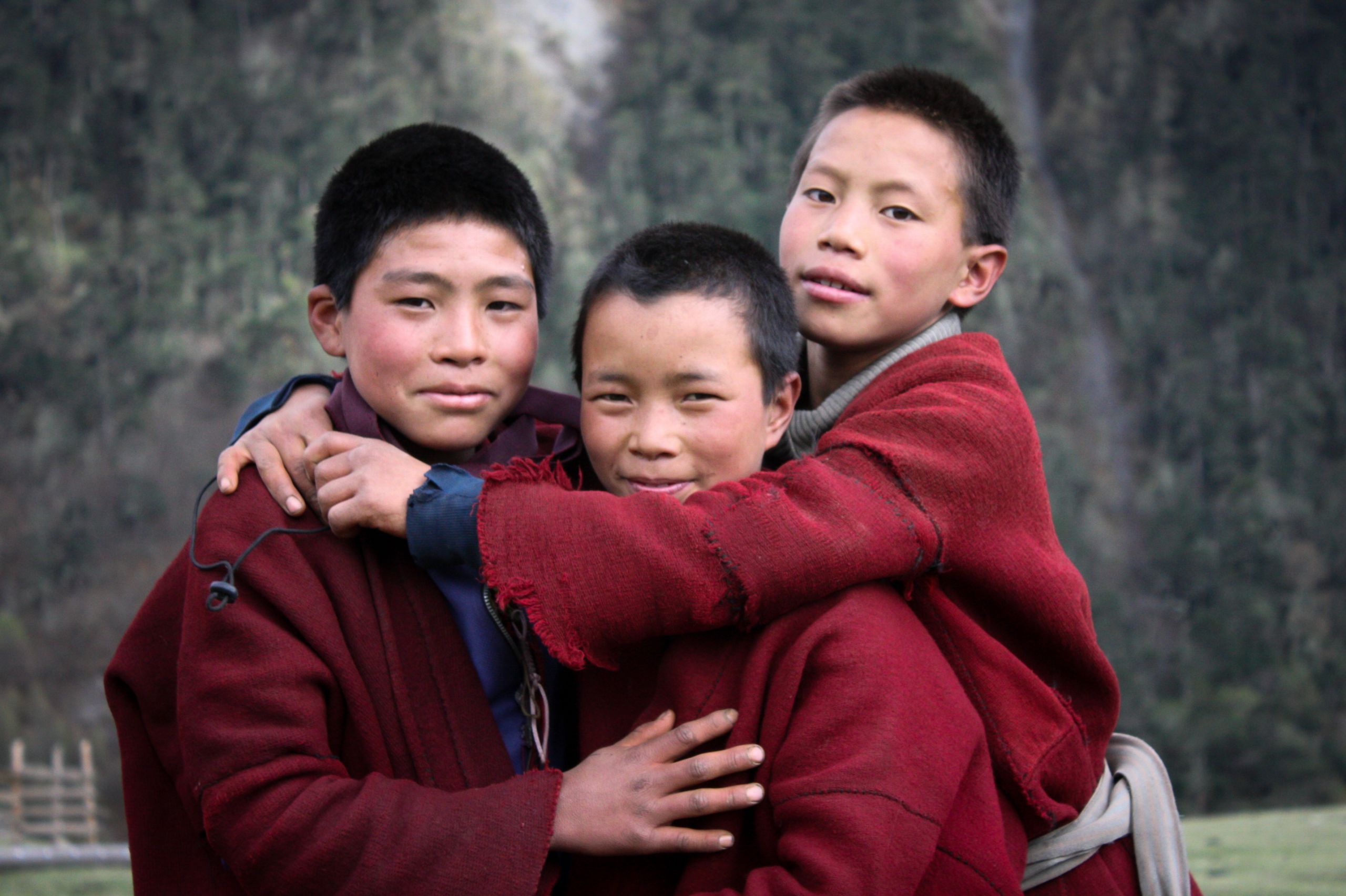
Brokpa kids at Sakteng. Brokpas, the nomadic yak herders of the region, living in Sakteng and Merak.


Brokpa kids at Sakteng. Brokpas, the nomadic yak herders of the region, living in Sakteng and Merak.
Brokpa kids at Sakteng. Brokpas, the nomadic yak herders of the region, living in Sakteng and Merak.
A Landscape Approach
One of the eight projects across the watershed, ‘Increasing productivity and rural income through sustainable agriculture landscape management’ supported 47 households in the Thongrong community to bring over 28 hectares of agricultural land under sustainable management by establishing hedge rows and check-dams.
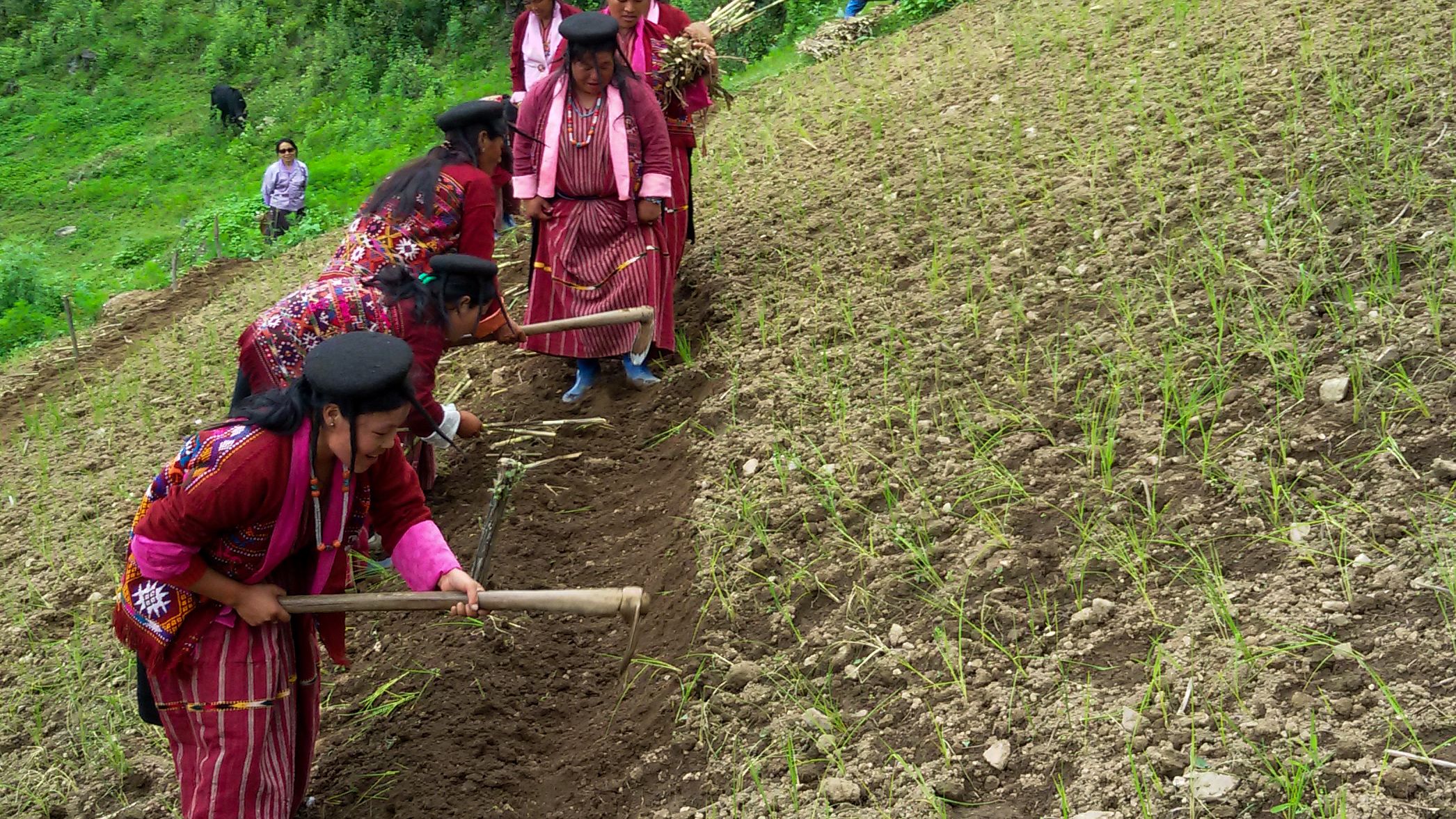
As part of this project, farmers established 4.5km of solar fencing around their fields. With the technical support of the National Soil Service Centre, the Administration of the Trashigang Dzongkhag (administrative district), and the Thongrong Sazhing Tshogpa community-based organisation, these activities will reduce crop loss due to wildlife and hence improve farmers’ production by at least 50%.
To further enhance livelihood opportunities in the Thongrong community, the project introduced mustard cultivation, which has already yielded over 3,000kg of mustard seeds in the 2016 harvest alone.
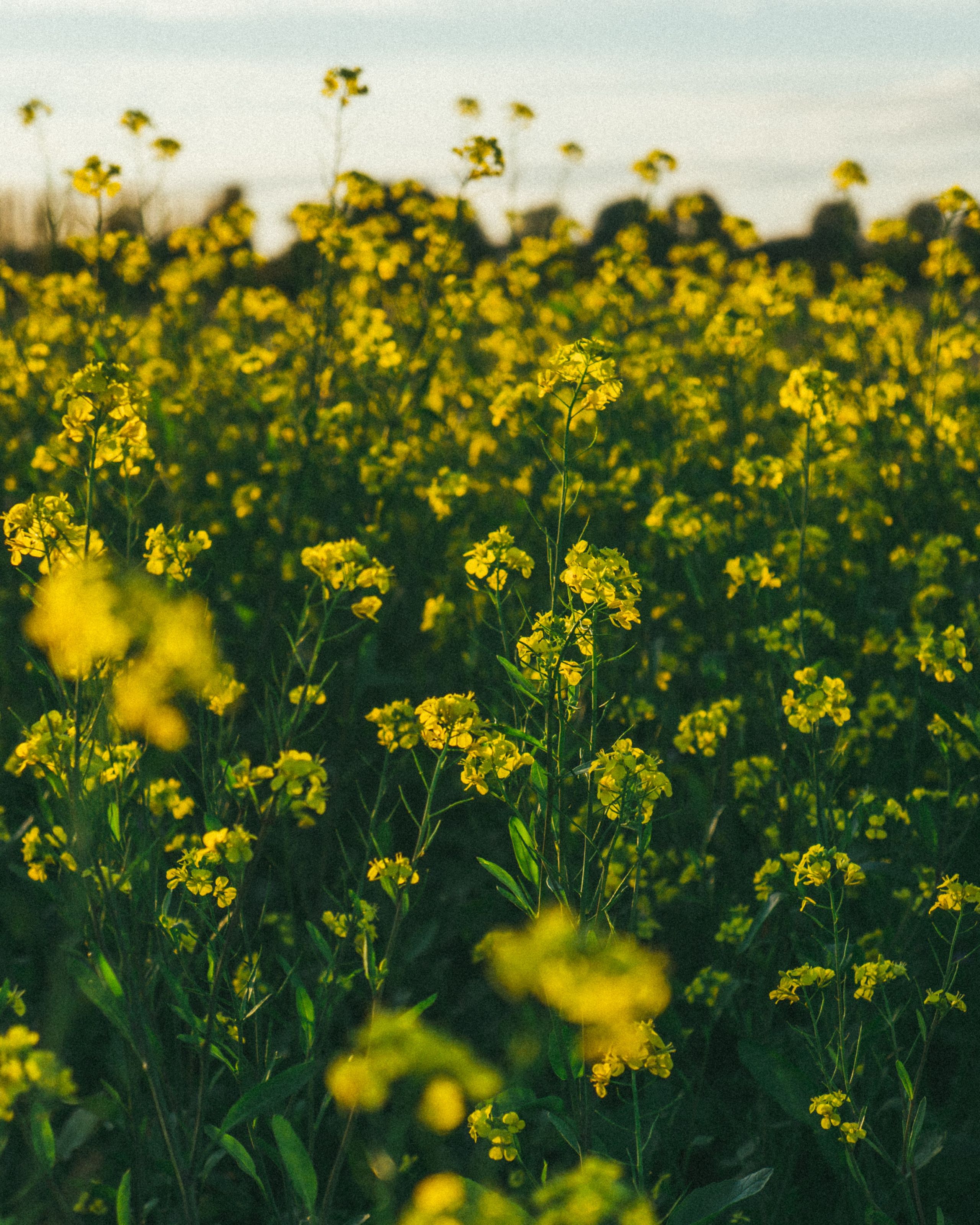
Part of project support also included the introduction of an oil expeller unit – which allows for mustard oil production generating additional income and reducing household expenses on cooking oil.

In another one of the eight projects, in Kamrong, communities were mobilised to halt losses of agricultural land due to soil erosion and flash floods.
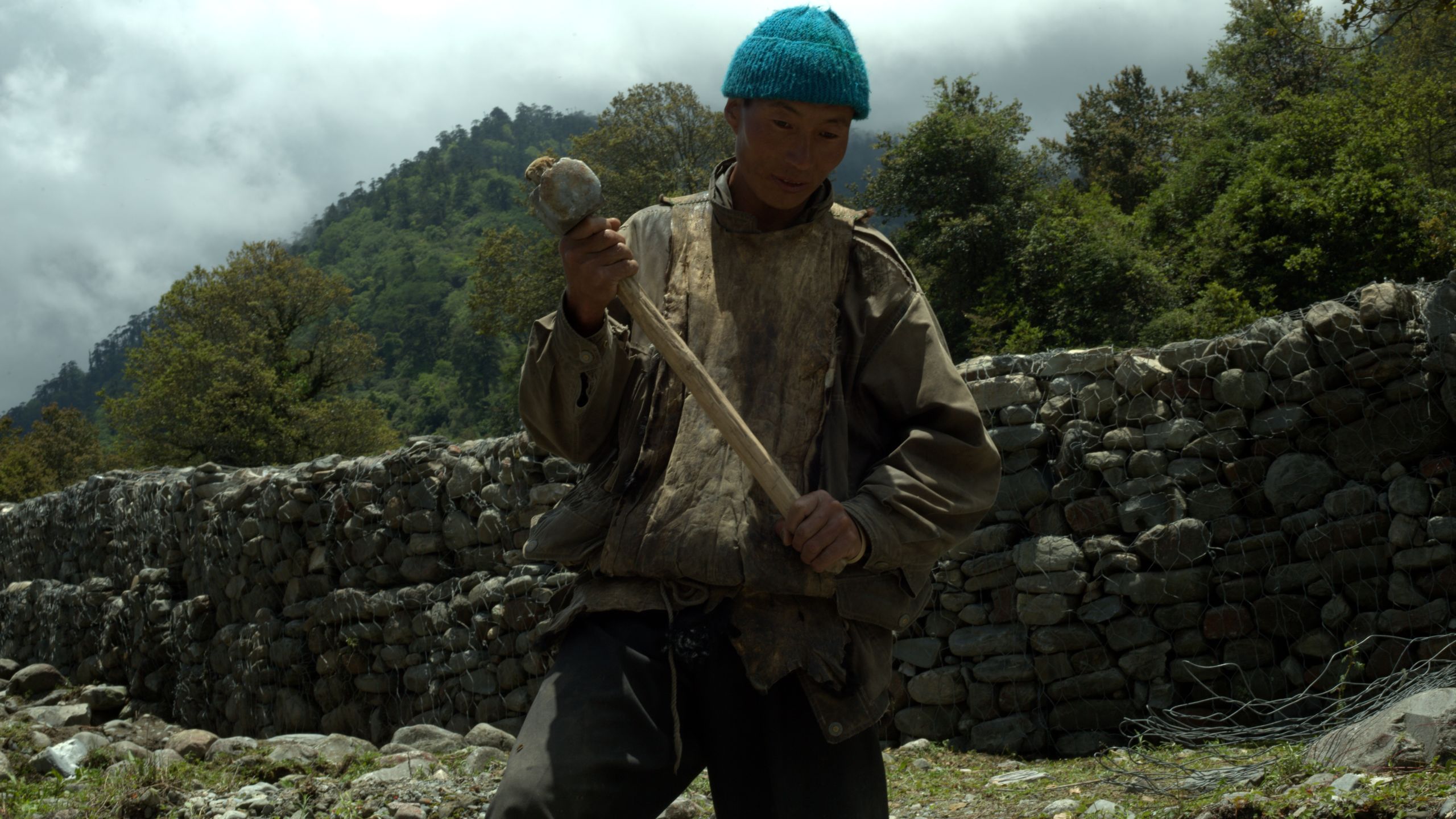
As part of project activities, seven separate water sources were protected, benefiting 1500 people.
Sustainable land management interventions in Kamrong - such as construction of check dams and drains, and the enhancement of community forests and plantations - reduced surface runoff by 80% and halved soil erosion and landslides.
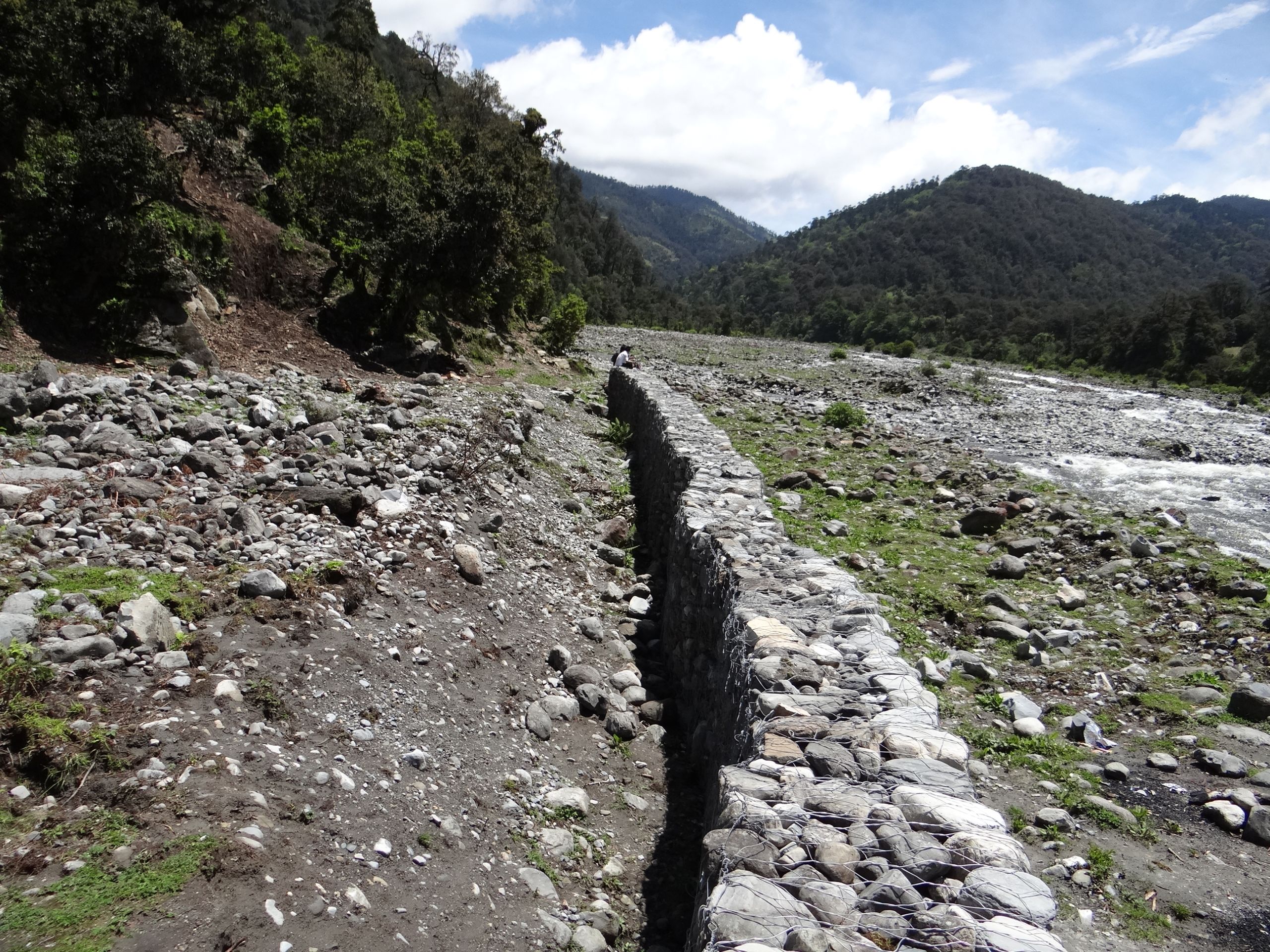
These efforts contributed to the conservation of 50 acres of farmlands by 23 households- reducing the threat of flash floods to the village of Karma Gonpa.
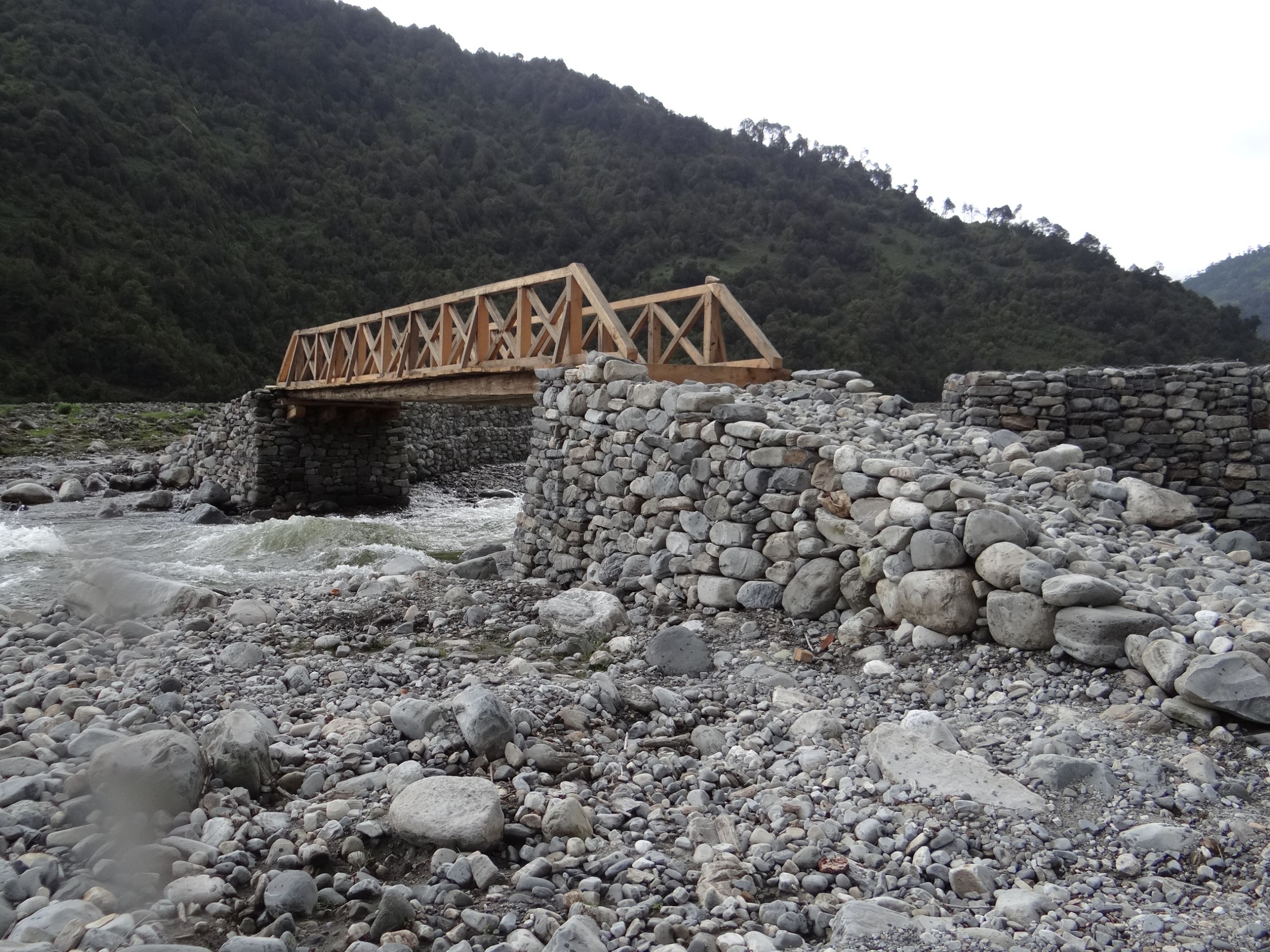
Because of the increased riverbank stability from decreased flash flood risks, the local government was able to build a Bailey bridge over Yudiri stream in December 2018.




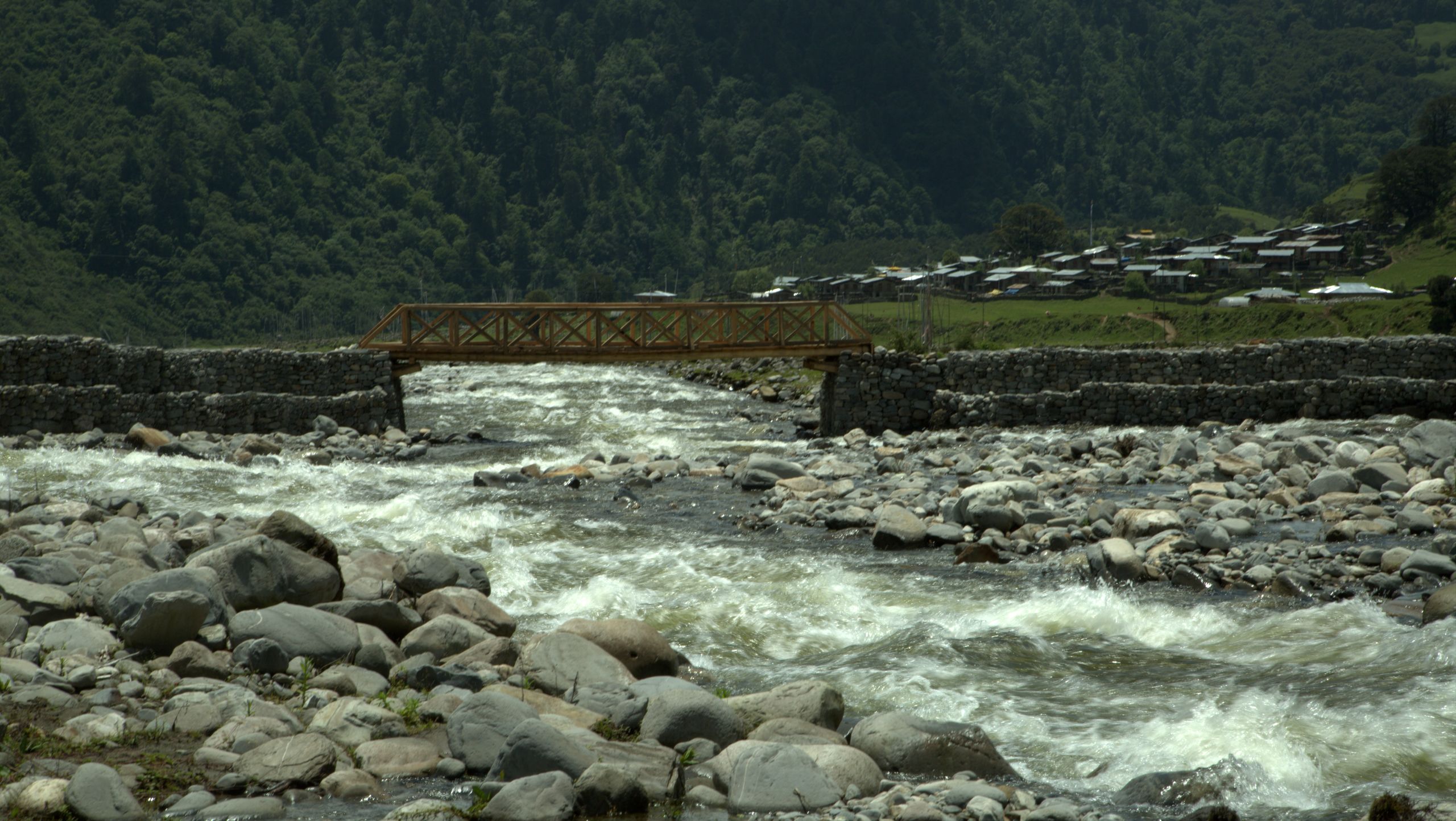


Because of the increased riverbank stability from decreased flash flood risks, the local government was able to build a Bailey bridge over Yudiri stream in December 2018.
Because of the increased riverbank stability from decreased flash flood risks, the local government was able to build a Bailey bridge over Yudiri stream in December 2018.
Restoring the soil, protecting people
Across the eight COMDEKS-supported projects in the Gamri Watershed, ~226 hectares of agriculture land have been brought under sound ecological production systems, benefiting over 895 community members.

Moreover, ~465ha have been brought under sustainable management practices, with hedgerows planted and check dams installed to prevent erosion on steep slopes over 78ha of land.
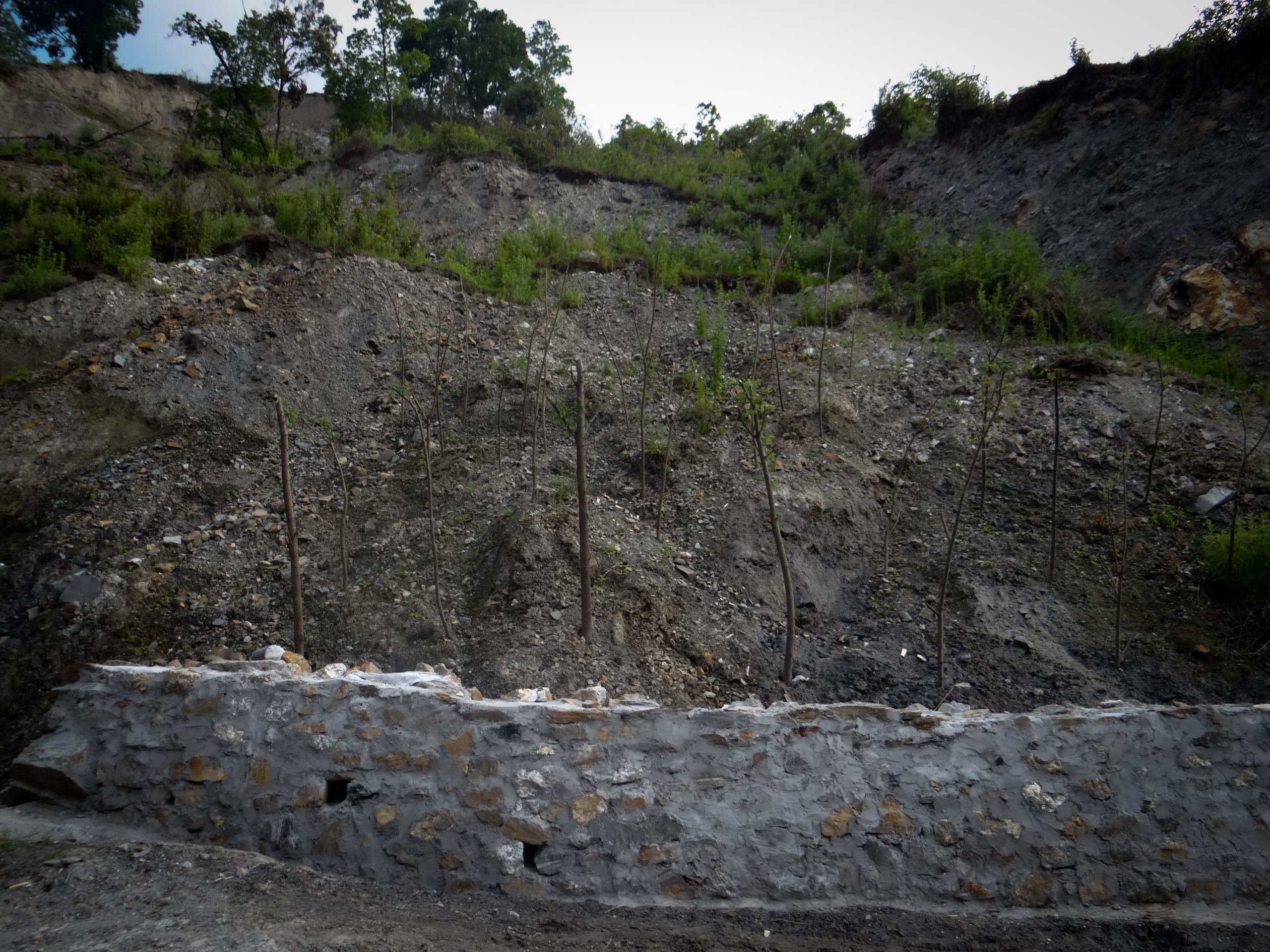
Further, 52 water sources have been protected, significantly contributing to the overall improvement of soil fertility and restoration of local ecosystems, and providing over 20,000 Gamri community members with access to clean drinking water.
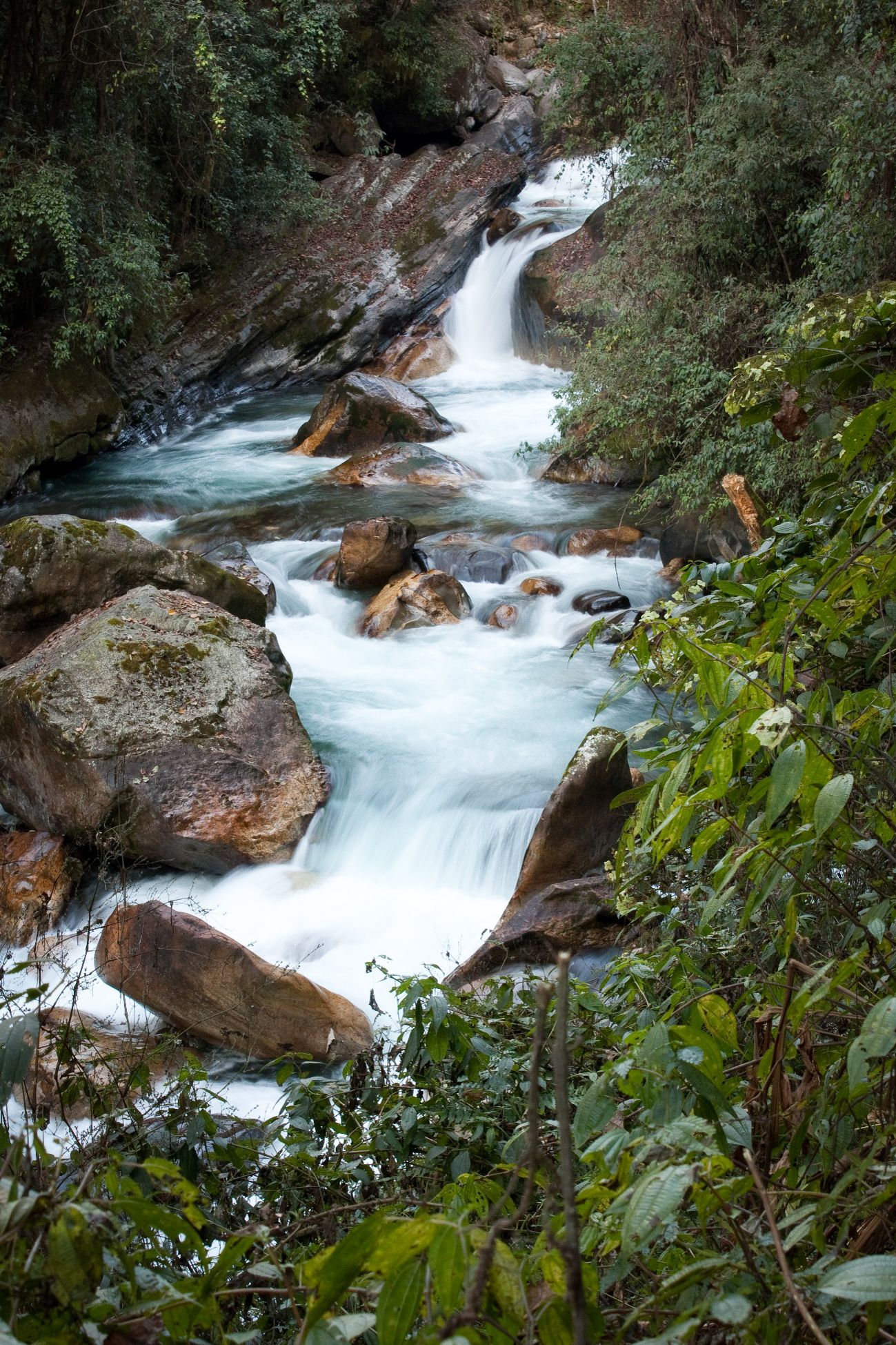
In total, 6,500 trees, 300 bamboos, 15,000 Napier grass clumps, 300 fruit trees, and 250 fodder trees were planted to rehabilitate degraded areas throughout the watershed.
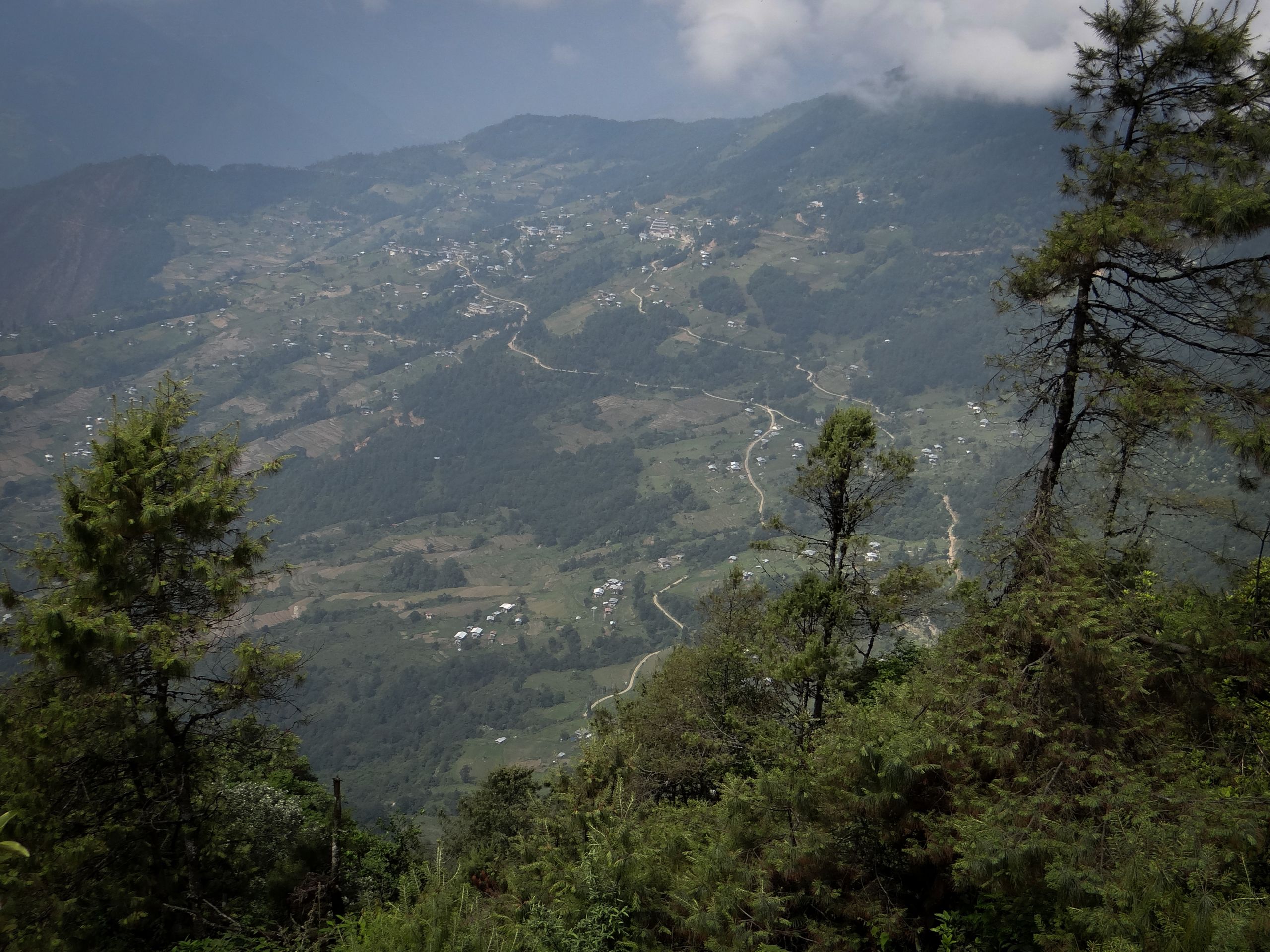




Positive Benefits of a Landscape Approach
The installation of solar fencing around 123ha of crop lands in five communities has reduced crop losses from wildlife by approximately 80 per cent and raised overall agricultural productivity.
Before this project, wildlife damage - mostly from deer and boar - affected over 50 per cent of crops and was a major threat to food security, farm income, and agricultural biodiversity.
Additionally, 20 fuel wood efficient stoves were developed and piloted with schools, institutions and individuals targeted to drastically reduce wood consumption.

Through the construction of walls and causeways, 150ha of valuable rice paddy has been protected from flash floods, erosion, and landslides. This has not only increased rice production in the area by 15 per cent, but has helped to safeguard and conserve valuable local rice varieties such as Sung Sung and Sobrang, which are known for their aroma and taste, and command a premium price.
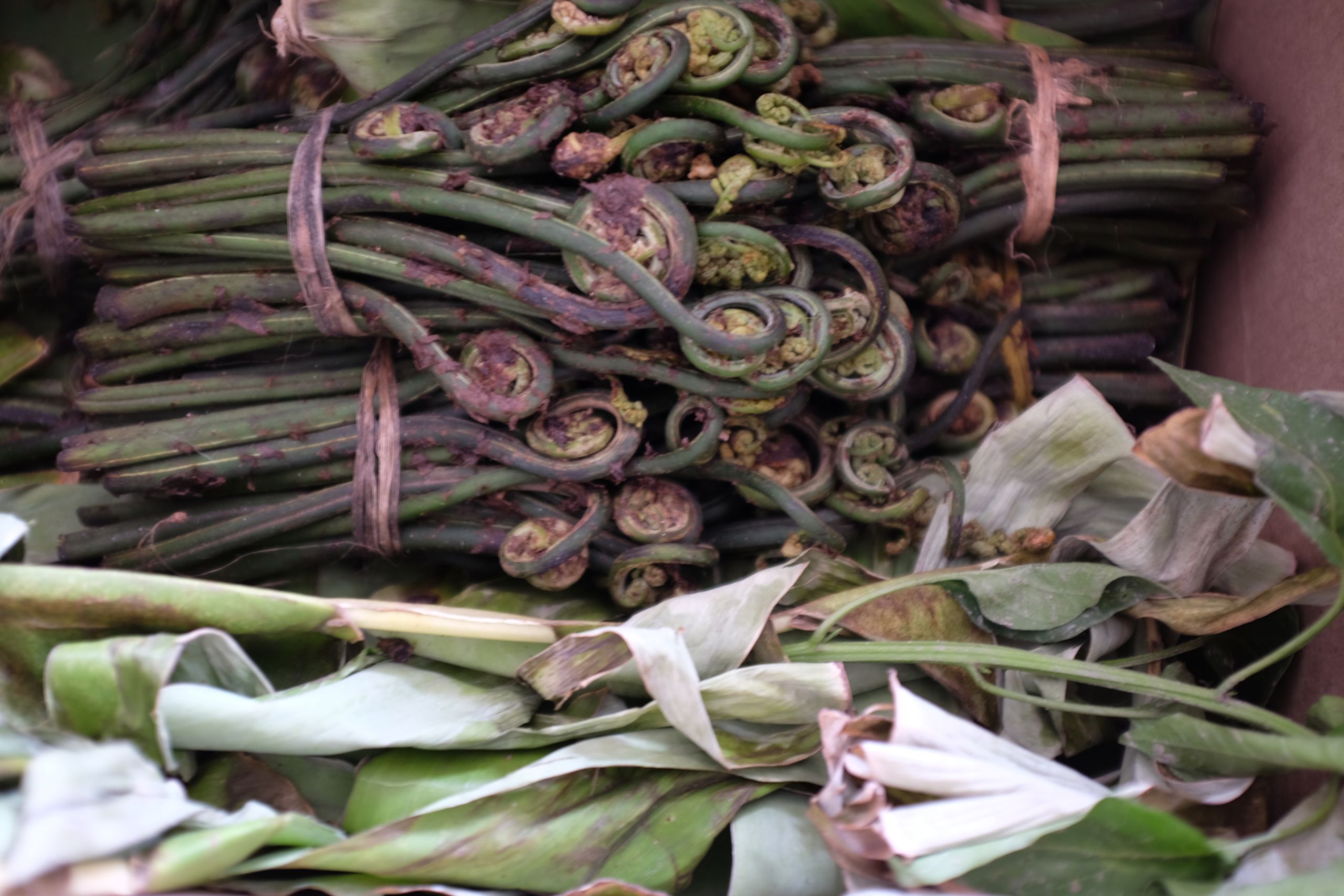
Alternative sources of income were introduced in several parts of the landscape. In Saling and Thongrong, 140 families now cultivate mustard and process mustard oil for local use and outside sales.
The oil is processed through a newly formed producer group using jointly-owned expeller presses. Similarly, some 130 families in Yabrang now cultivate turmeric root for the production of the spice of the same name. Production of cornflakes - commonly used as food for religious offerings and snacks - has also been promoted, and a dairy producers’ group has been established. To ensure gender equality and female empowerment at all times, in line with SGP’s gender strategy, these livelihood efforts have emphasised the participation of women throughout the planning and implementation processes.
Local traditional knowledge and practices associated with landscape and natural resource management have been an important influence in most of the COMDEKS projects. This knowledge has been recorded and embedded in local by-laws, particularly concerning the tree and plant species to use for reforestation and revegetation efforts.
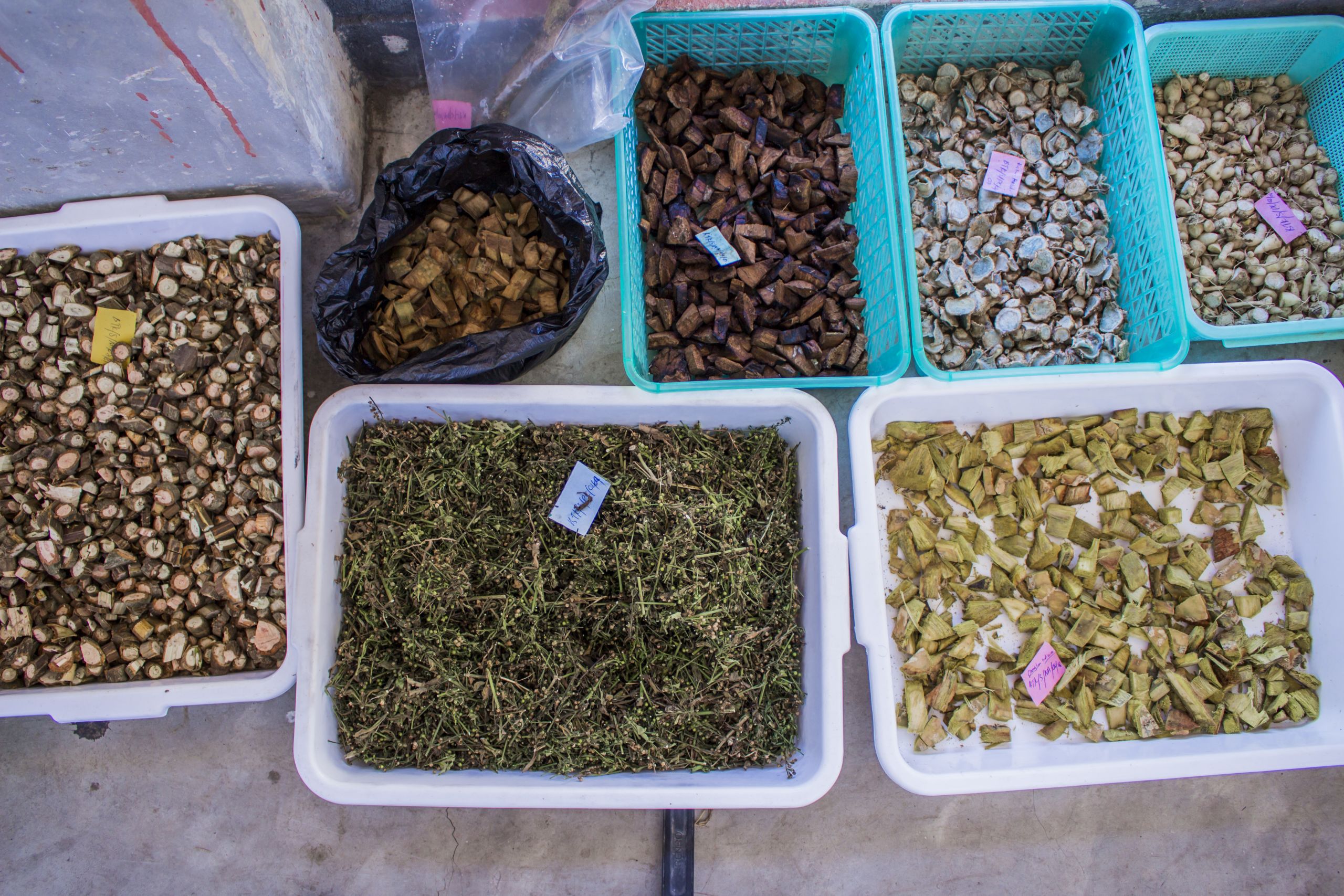
Shelter and living conditions of 95 herders have been improved through the supply of modern building materials and the provision of improved heating and cooking stoves. This has drastically reduced herders’ dependence on bamboo for shelter construction and reduced their fuel wood use significantly.
Over 330m of gabion walls now protect Sakteng village and its farmlands and pastures from river erosion and diversion, which has damaged village structures and destroyed agricultural fields in the past. In addition, the construction of three semi-permanent bridges has improved safety and ease of passage of community members across the river.



Small Grants = Big Impacts
Since its inception in October 1998, the Small Grants Programme in Bhutan has implemented almost 180 micro projects in partnership with the Royal Government of Bhutan, civil society organisations, community based organisations, and academia.
These projects have been implemented in all 20 of the country’s administrative districts, reaching the remotest villages, building local capacities, and strengthening local institutions.
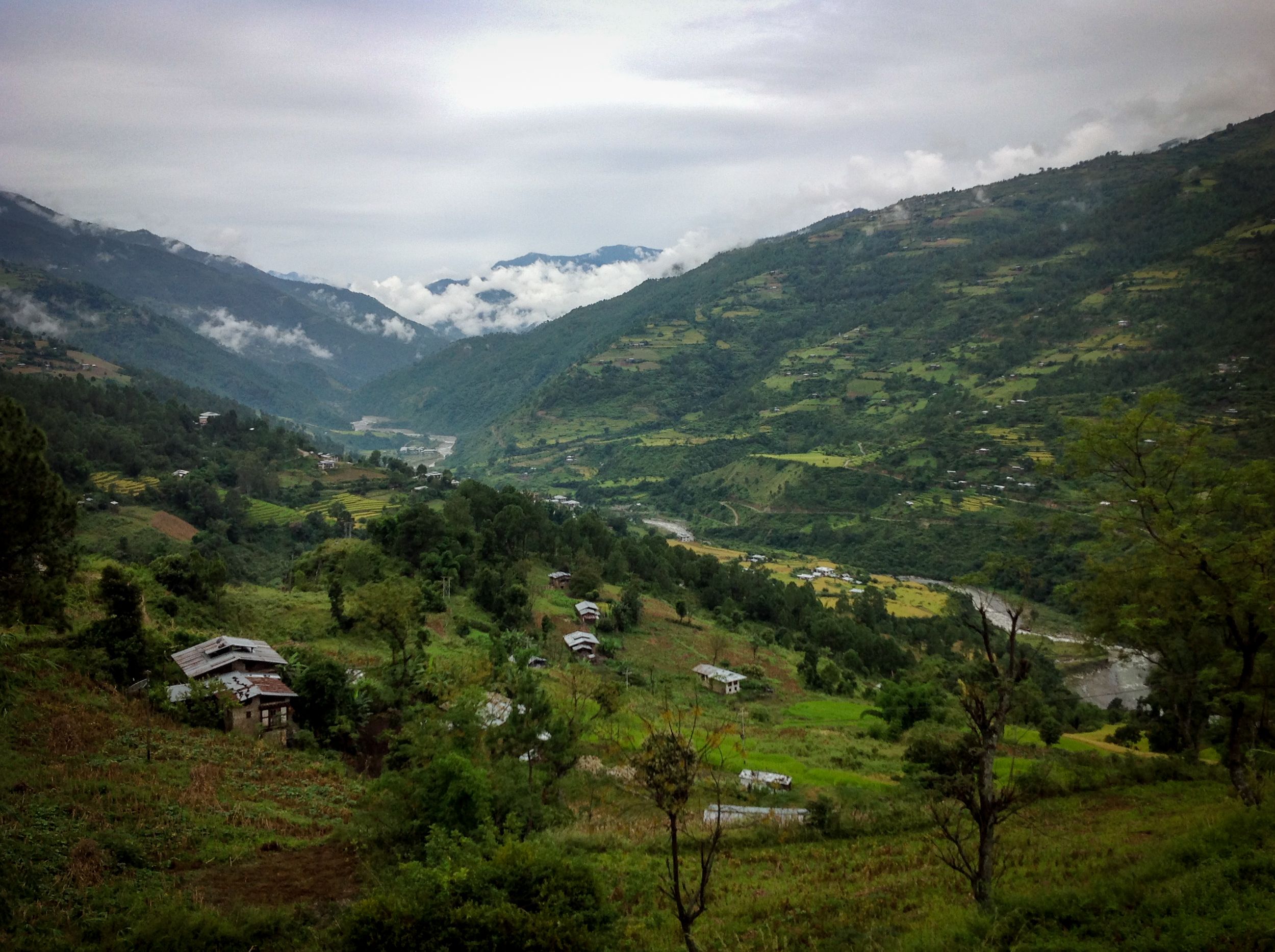
SGP is recognised by the government as one of the key partners in environmental conservation and rural development; reciprocally, projects supported through SGP are in line with Bhutan's national priorities and government five-year plans.
Projects implemented under SGP grants are community-driven and civil society-led initiatives that generate environmental benefits and support sustainable livelihoods. SGP has supported projects across several key thematic areas: biodiversity conservation, sustainable land and forest management, waste and water, and climate change.
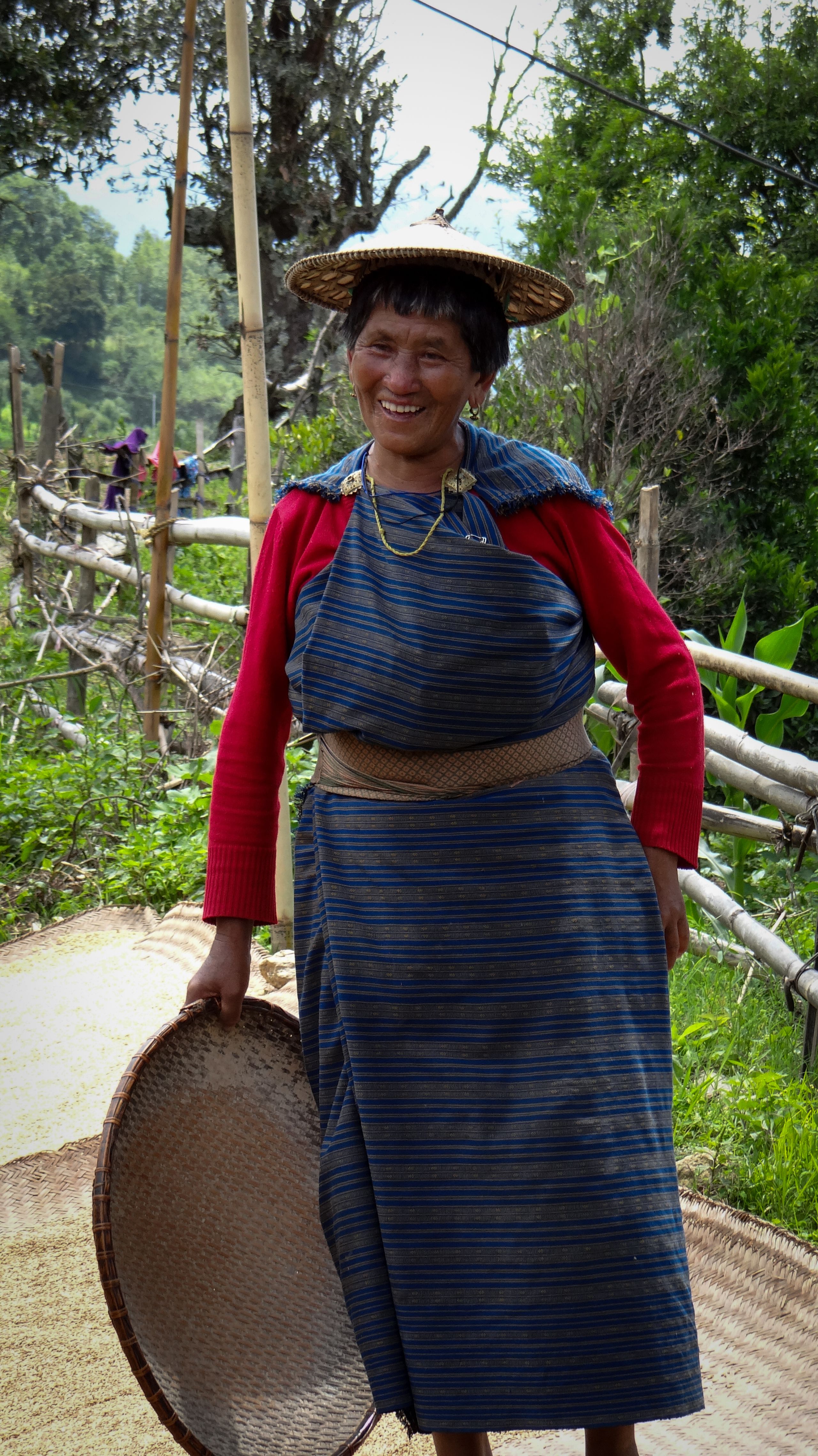
At the local level these projects have introduced biogas, solar lights, watershed management, ecotourism, indigenous arts and crafts, cleaning and waste management campaigns, herbal cosmetics, bee-keeping, rainwater harvesting, and forest fire volunteerism among others.

At the national level these projects have supported growth in renewable energy, eco-tourism and sustainable land management.
For more information on COMDEKS Bhutan, visit the COMDEKS Country Programme: Bhutan

For more information on GEF SGP-supported projects in Bhutan, visit the Bhutan Country Page
For more information on this specific project, please visit the GEF SGP project profile: Increasing productivity and rural income through sustainable agriculture landscape management
Visit the GEF SGP website for details on the overall Small Grants Programme.





Story by Andrea Egan, Ana Maria Currea, Tshering Phuntsho, Diana Salvemini and Singay Dorji / Photos: © SGP Bhutan and Andrea Egan
